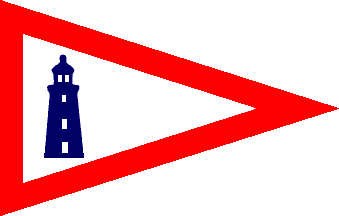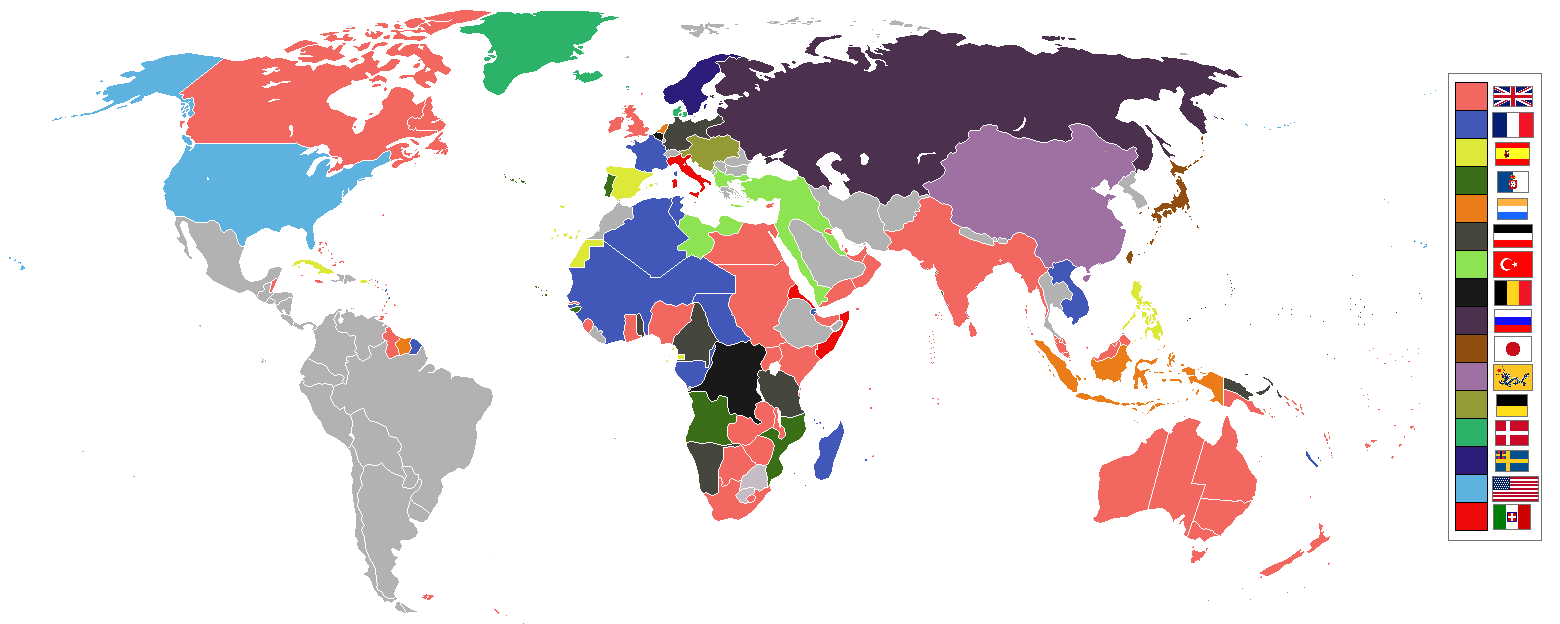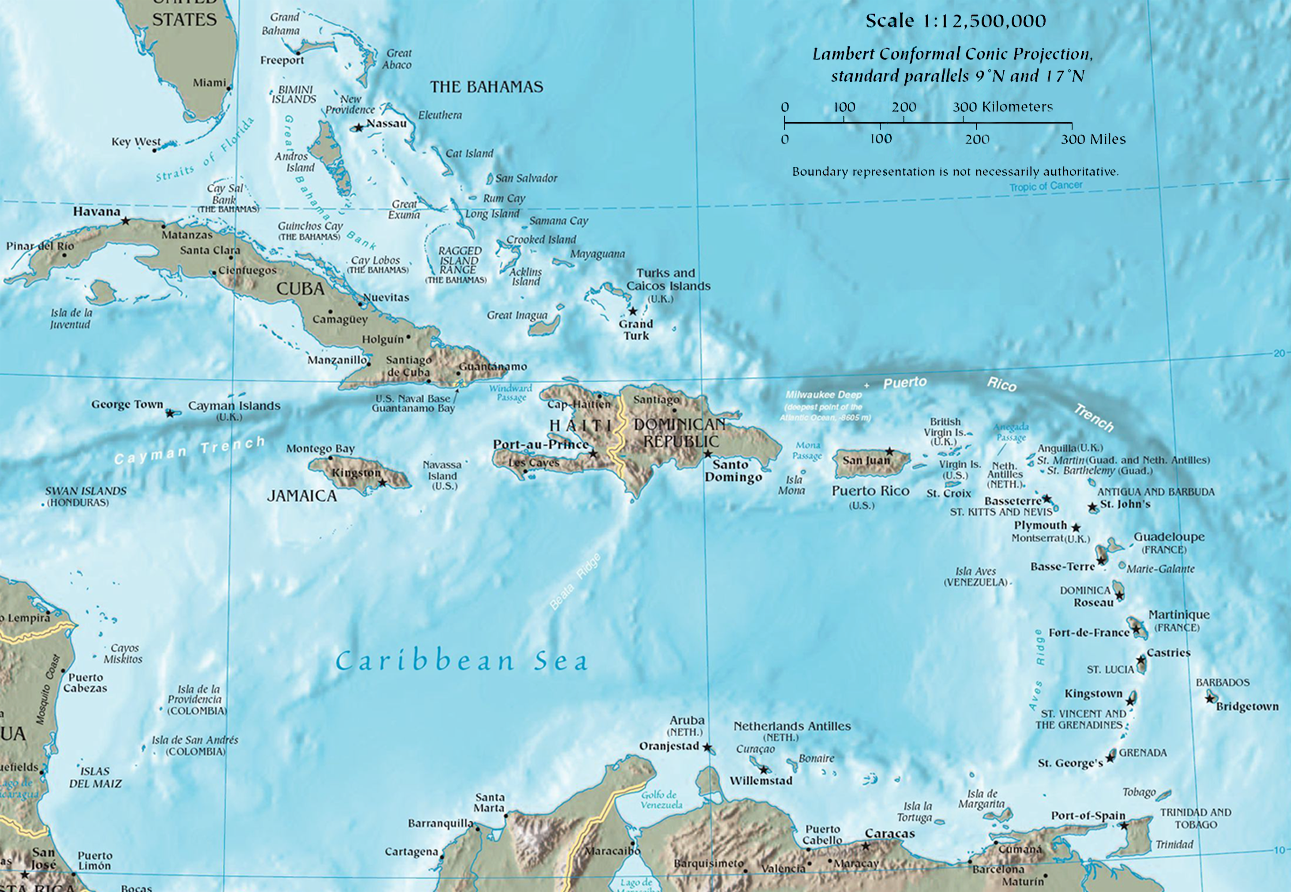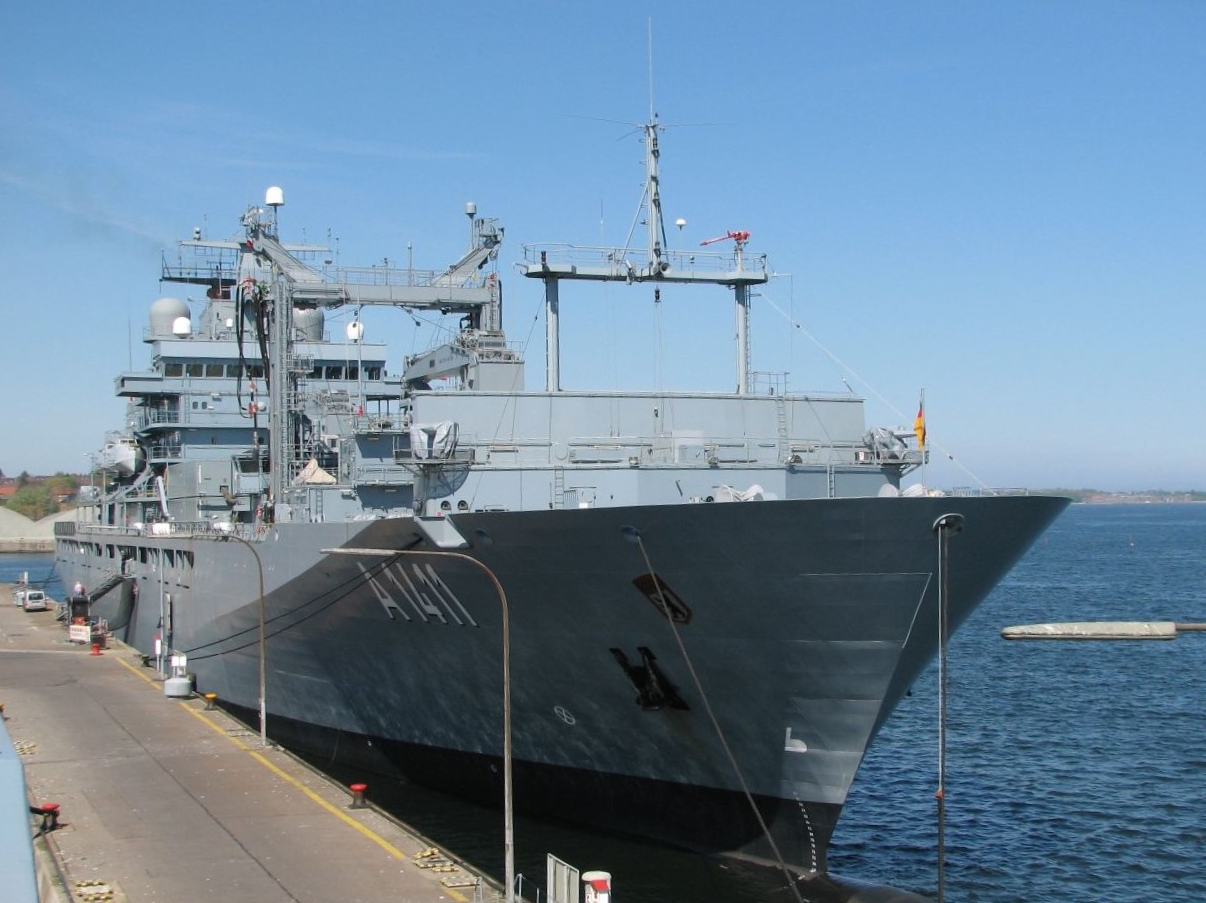|
USS Maple (1893)
USS ''Maple'', was a lighthouse tender that served in the United States Navy from 1893 to 1899, seeing service as an auxiliary ship during the Spanish–American War in 1898, and from 1917 to 1919, operating as a patrol vessel during World War I. She also served as USLHT ''Maple'' in the United States Lighthouse Board fleet from 1899 to 1910 and in the United States Lighthouse Service from 1910 to 1933. Construction and acquisition USLHT ''Maple'' was built as a lighthouse tender in 1893 at Elizabethport, New Jersey.NavSource USLHT ''Maple'' She was delivered to the United States Lighthouse Board on 26 May 1893. The Lighthouse Board transferred her to the United States Navy immediately upon delivery. Service history U.S. Navy, 1893–1899 The U.S. Navy commissioned the ship as USS ''Maple'' in June 1893. When the Spanish–American War broke out in April 1898, she was converted for war service at the Norfolk Navy Yard in Portsmouth, Virginia, her conversion including the ... [...More Info...] [...Related Items...] OR: [Wikipedia] [Google] [Baidu] |
Spanish–American War
, partof = the Philippine Revolution, the decolonization of the Americas, and the Cuban War of Independence , image = Collage infobox for Spanish-American War.jpg , image_size = 300px , caption = (clockwise from top left) , date = April 21 – August 13, 1898() , place = , casus = , result = American victory * Treaty of Paris of 1898 *Founding of the First Philippine Republic and beginning of the Philippine–American War * Spain sells to Germany the last colonies in the Pacific in 1899 and end of the Spanish Empire in America and Asia. , territory = Spain relinquishes sovereignty over Cuba; cedes Puerto Rico, Guam and the Philippine Islands to the United States. $20 million paid to Spain by the United States for infrastructure owned by Spain. , combatant1 = United States * Philippine Revolutionary Army , combatant2 = Spain * Cuba * Philippine ... [...More Info...] [...Related Items...] OR: [Wikipedia] [Google] [Baidu] |
Length Between Perpendiculars
Length between perpendiculars (often abbreviated as p/p, p.p., pp, LPP, LBP or Length BPP) is the length of a ship along the summer load line from the forward surface of the stem, or main bow perpendicular member, to the after surface of the sternpost A sternpost is the upright structural member or post at the stern of a (generally wooden) ship or a boat, to which are attached the transoms and the rearmost left corner part of the stern. The sternpost may either be completely vertical or m ..., or main stern perpendicular member. When there is no sternpost, the centerline axis of the rudder stock is used as the aft end of the length between perpendiculars. Measuring to the stern post or rudder stock was believed to give a reasonable idea of the ship's carrying capacity, as it excluded the small, often unusable volume contained in her overhanging ends. On some types of vessels this is, for all practical purposes, a waterline measurement. In a ship with raked stems, natural ... [...More Info...] [...Related Items...] OR: [Wikipedia] [Google] [Baidu] |
Caribbean
The Caribbean (, ) ( es, El Caribe; french: la Caraïbe; ht, Karayib; nl, De Caraïben) is a region of the Americas that consists of the Caribbean Sea, its islands (some surrounded by the Caribbean Sea and some bordering both the Caribbean Sea and the North Atlantic Ocean) and the surrounding coasts. The region is southeast of the Gulf of Mexico and the North American mainland, east of Central America, and north of South America. Situated largely on the Caribbean Plate, the region has more than 700 islands, islets, reefs and cays (see the list of Caribbean islands). Island arcs delineate the eastern and northern edges of the Caribbean Sea: The Greater Antilles and the Lucayan Archipelago on the north and the Lesser Antilles and the on the south and east (which includes the Leeward Antilles). They form the West Indies with the nearby Lucayan Archipelago ( the Bahamas and Turks and Caicos Islands), which are considered to be part of the Caribbean despite not borde ... [...More Info...] [...Related Items...] OR: [Wikipedia] [Google] [Baidu] |
Ship Commissioning
Ship commissioning is the act or ceremony of placing a ship in active service and may be regarded as a particular application of the general concepts and practices of project commissioning. The term is most commonly applied to placing a warship in active duty with its country's military forces. The ceremonies involved are often rooted in centuries-old naval tradition. Ship naming and launching endow a ship hull with her identity, but many milestones remain before she is completed and considered ready to be designated a commissioned ship. The engineering plant, weapon and electronic systems, galley, and other equipment required to transform the new hull into an operating and habitable warship are installed and tested. The prospective commanding officer, ship's officers, the petty officers, and seamen who will form the crew report for training and familiarization with their new ship. Before commissioning, the new ship undergoes sea trials to identify any deficiencies needing c ... [...More Info...] [...Related Items...] OR: [Wikipedia] [Google] [Baidu] |
World War I
World War I (28 July 1914 11 November 1918), often abbreviated as WWI, was List of wars and anthropogenic disasters by death toll, one of the deadliest global conflicts in history. Belligerents included much of Europe, the Russian Empire, the United States, and the Ottoman Empire, with fighting occurring throughout Europe, the Middle East, Africa, the Pacific Ocean, Pacific, and parts of Asia. An estimated 9 million soldiers were killed in combat, plus another 23 million wounded, while 5 million civilians died as a result of military action, hunger, and disease. Millions more died in Genocides in history (World War I through World War II), genocides within the Ottoman Empire and in the Spanish flu, 1918 influenza pandemic, which was exacerbated by the movement of combatants during the war. Prior to 1914, the European great powers were divided between the Triple Entente (comprising French Third Republic, France, Russia, and British Empire, Britain) and the Triple A ... [...More Info...] [...Related Items...] OR: [Wikipedia] [Google] [Baidu] |
Patrol Vessel
A patrol boat (also referred to as a patrol craft, patrol ship, or patrol vessel) is a relatively small naval vessel generally designed for coastal defence, border security, or law enforcement. There are many designs for patrol boats, and they generally range in size. They may be operated by a nation's navy, coast guard, police, or customs, and may be intended for marine (" blue water"), estuarine (" green water"), or river (" brown water") environments. Per their name, patrol boats are primarily used to patrol a country's exclusive economic zone (EEZ), but they may also be used in other roles, such as anti- smuggling, anti-piracy, fishery patrols, immigration law enforcement, or search and rescue. Depending on the size, organization, and capabilities of a nation's armed forces, the importance of patrol boats may range from minor support vessels that are part of a coast guard, to flagships that make up a majority of a navy's fleet. Their small size and relatively low cost ... [...More Info...] [...Related Items...] OR: [Wikipedia] [Google] [Baidu] |
Auxiliary Ship
An auxiliary ship is a naval ship designed to support combatant ships and other naval operations. Auxiliary ships are not primary combatant vessels, though they may have some limited combat capacity, usually for purposes of self-defense. Auxiliary ships are extremely important for navies of all sizes because if they were not present the primary fleet vessels would be unsupported. Thus, virtually every navy maintains an extensive fleet of auxiliary ships. However, the composition and size of these auxiliary fleets vary depending on the nature of each navy and its primary mission. Smaller coastal navies tend to have smaller auxiliary vessels focusing primarily on littoral and training support roles. Larger blue-water navies tend to have larger auxiliary fleets comprising longer-range fleet support vessels designed to provide support far beyond territorial waters. Roles Replenishment One of the most direct ways that auxiliary ships support the fleet is by providing under ... [...More Info...] [...Related Items...] OR: [Wikipedia] [Google] [Baidu] |
Lighthouse Tender
A lighthouse tender is a ship specifically designed to maintain, support, or tend to lighthouses or lightvessels, providing supplies, fuel, mail, and transportation. In the United States, these ships originally served as part of the Lighthouse Service and now are part of the Coast Guard. The first American tender of the Lighthouse Service was former revenue cutter , which was acquired in 1840. The first steam tender was the , completed in 1857 and put into service on the West Coast in 1858. The was the last active representative of the service, and is now a US National Historic Landmark. See also * List of lighthouse tenders by country *Navigational aid *Trinity House *Northern Lighthouse Board The Northern Lighthouse Board (NLB) is the general lighthouse authority for Scotland and the Isle of Man. It is a non-departmental public body responsible for marine navigation aids around coastal areas. History The NLB was formed by Act of ... References Further readin ... [...More Info...] [...Related Items...] OR: [Wikipedia] [Google] [Baidu] |
Quick-firing Gun
A quick-firing or rapid-firing gun is an artillery piece, typically a gun or howitzer, which has several characteristics which taken together mean the weapon can fire at a fast rate. Quick-firing was introduced worldwide in the 1880s and 1890s and had a marked impact on war both on land and at sea. Characteristics The characteristics of a quick-firing artillery piece are: *A breech-loading weapon with a breech mechanism that allows rapid reloading *Single-part cased ammunition, i.e. a cartridge containing both shell and propellant * Recoil buffers to limit recoil, so the barrel can quickly return to the same position after firing *The use of smokeless powder – nitrocellulose, nitroglycerine, or cordite – which create far less smoke than gunpowder, meaning that gun crews could still see their target These innovations, taken together, meant that the quick-firer could fire aimed shells much more rapidly than an older weapon. For instance, an Elswick Ordnance Company 4. ... [...More Info...] [...Related Items...] OR: [Wikipedia] [Google] [Baidu] |
Boiler
A boiler is a closed vessel in which fluid (generally water) is heated. The fluid does not necessarily boil. The heated or vaporized fluid exits the boiler for use in various processes or heating applications, including water heating, central heating, boiler-based power generation, cooking, and sanitation. Heat sources In a fossil fuel power plant using a steam cycle for power generation, the primary heat source will be combustion of coal, oil, or natural gas. In some cases byproduct fuel such as the carbon monoxide rich offgasses of a coke battery can be burned to heat a boiler; biofuels such as bagasse, where economically available, can also be used. In a nuclear power plant, boilers called steam generators are heated by the heat produced by nuclear fission. Where a large volume of hot gas is available from some process, a heat recovery steam generator or recovery boiler can use the heat to produce steam, with little or no extra fuel consumed; such a configuration i ... [...More Info...] [...Related Items...] OR: [Wikipedia] [Google] [Baidu] |
Steam Engine
A steam engine is a heat engine that performs mechanical work using steam as its working fluid. The steam engine uses the force produced by steam pressure to push a piston back and forth inside a cylinder. This pushing force can be transformed, by a connecting rod and crank, into rotational force for work. The term "steam engine" is generally applied only to reciprocating engines as just described, not to the steam turbine. Steam engines are external combustion engines, where the working fluid is separated from the combustion products. The ideal thermodynamic cycle used to analyze this process is called the Rankine cycle. In general usage, the term ''steam engine'' can refer to either complete steam plants (including boilers etc.), such as railway steam locomotives and portable engines, or may refer to the piston or turbine machinery alone, as in the beam engine and stationary steam engine. Although steam-driven devices were known as early as the aeo ... [...More Info...] [...Related Items...] OR: [Wikipedia] [Google] [Baidu] |
Kilowatt
The watt (symbol: W) is the unit of power or radiant flux in the International System of Units (SI), equal to 1 joule per second or 1 kg⋅m2⋅s−3. It is used to quantify the rate of energy transfer. The watt is named after James Watt (1736–1819), an 18th-century Scottish inventor, mechanical engineer, and chemist who improved the Newcomen engine with his own steam engine in 1776. Watt's invention was fundamental for the Industrial Revolution. Overview When an object's velocity is held constant at one metre per second against a constant opposing force of one newton, the rate at which work is done is one watt. : \mathrm In terms of electromagnetism, one watt is the rate at which electrical work is performed when a current of one ampere (A) flows across an electrical potential difference of one volt (V), meaning the watt is equivalent to the volt-ampere (the latter unit, however, is used for a different quantity from the real power of an electrical c ... [...More Info...] [...Related Items...] OR: [Wikipedia] [Google] [Baidu] |



_underway_2009.jpg)




